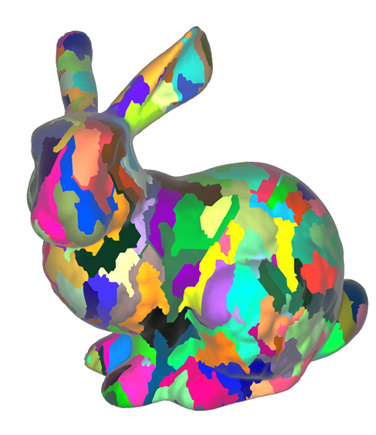Phoronix: Mesh/Task Shader Queries Land For RADV With RDNA2, RDNA3 Support On The Way
Thanks to prolific RADV driver developer Samuel Pitoiset of Valve's Linux graphics team, mesh/task shader queries have landed for GFX10.3 (RDNA2) with the in-development Mesa 24.0 while support for GFX11 (RDNA3) graphics cards is on the way...
Thanks to prolific RADV driver developer Samuel Pitoiset of Valve's Linux graphics team, mesh/task shader queries have landed for GFX10.3 (RDNA2) with the in-development Mesa 24.0 while support for GFX11 (RDNA3) graphics cards is on the way...




Comment